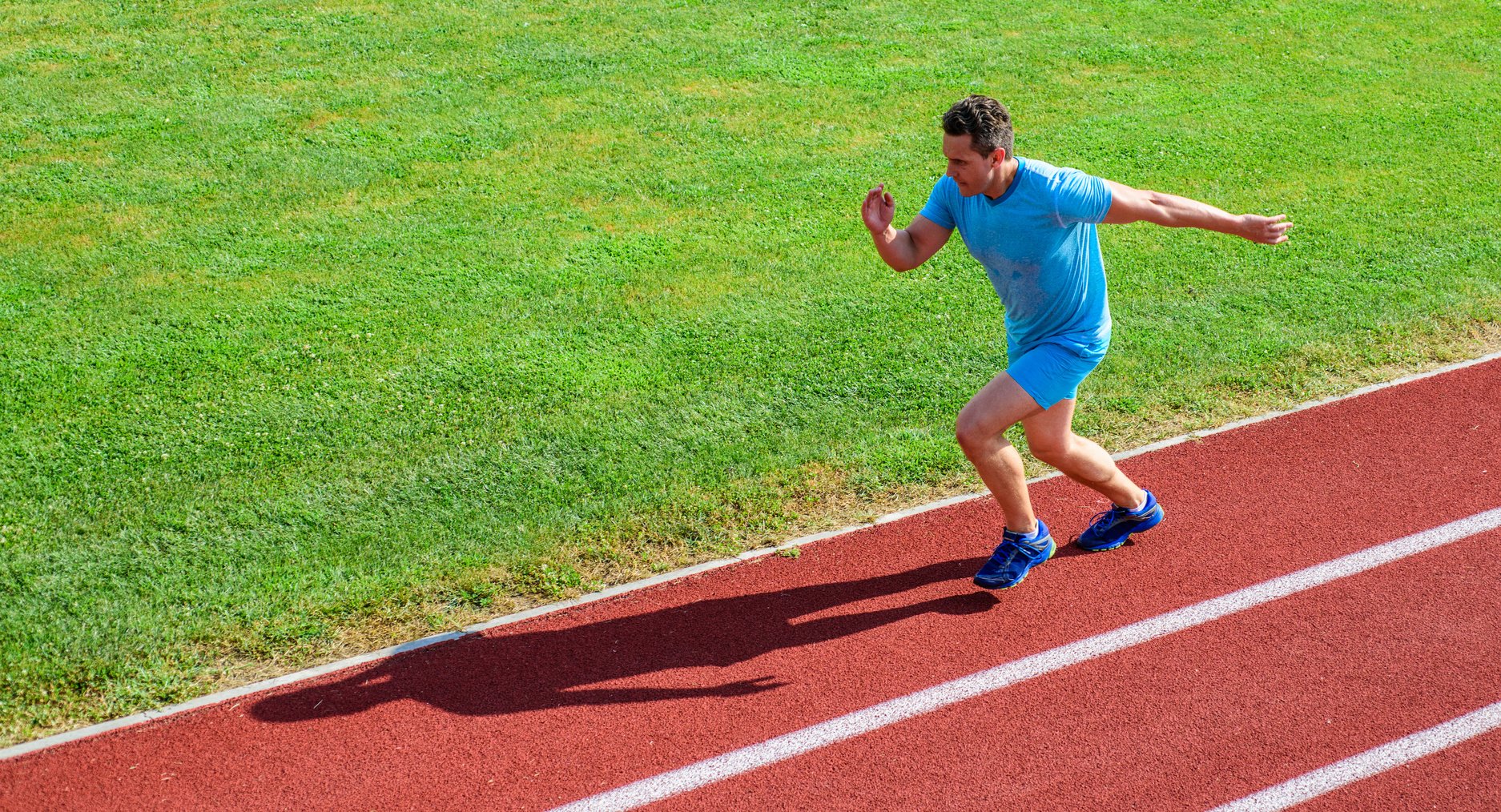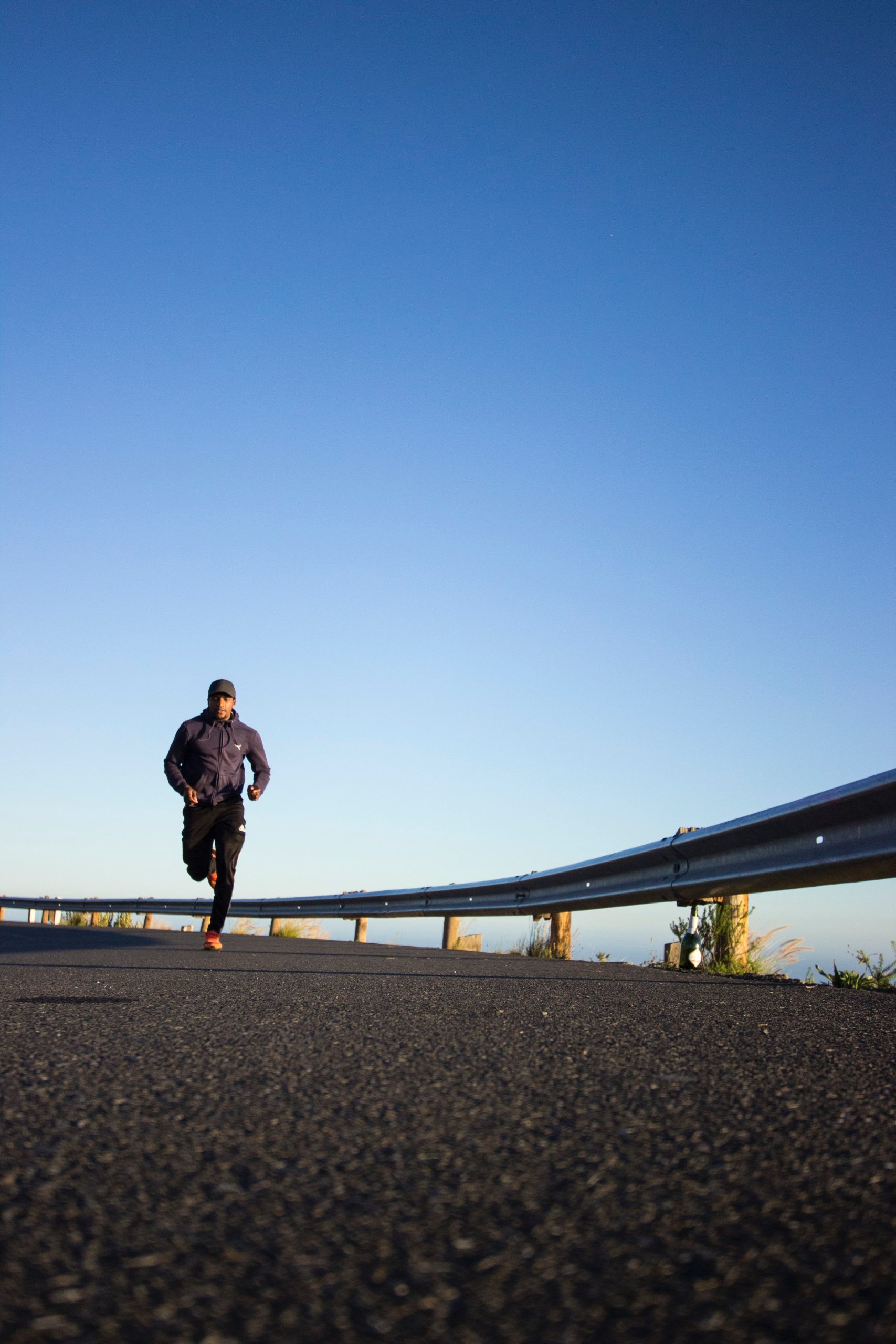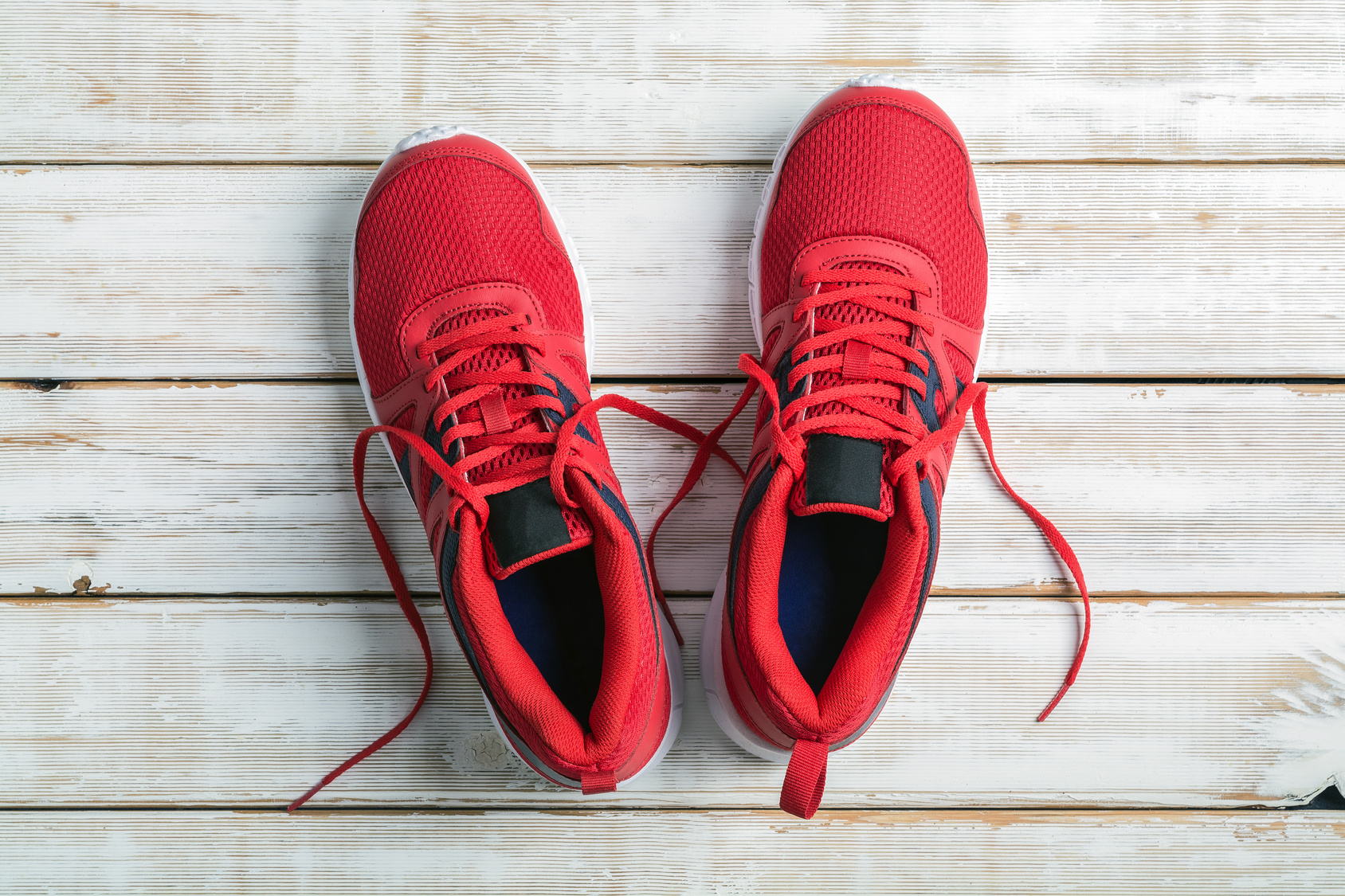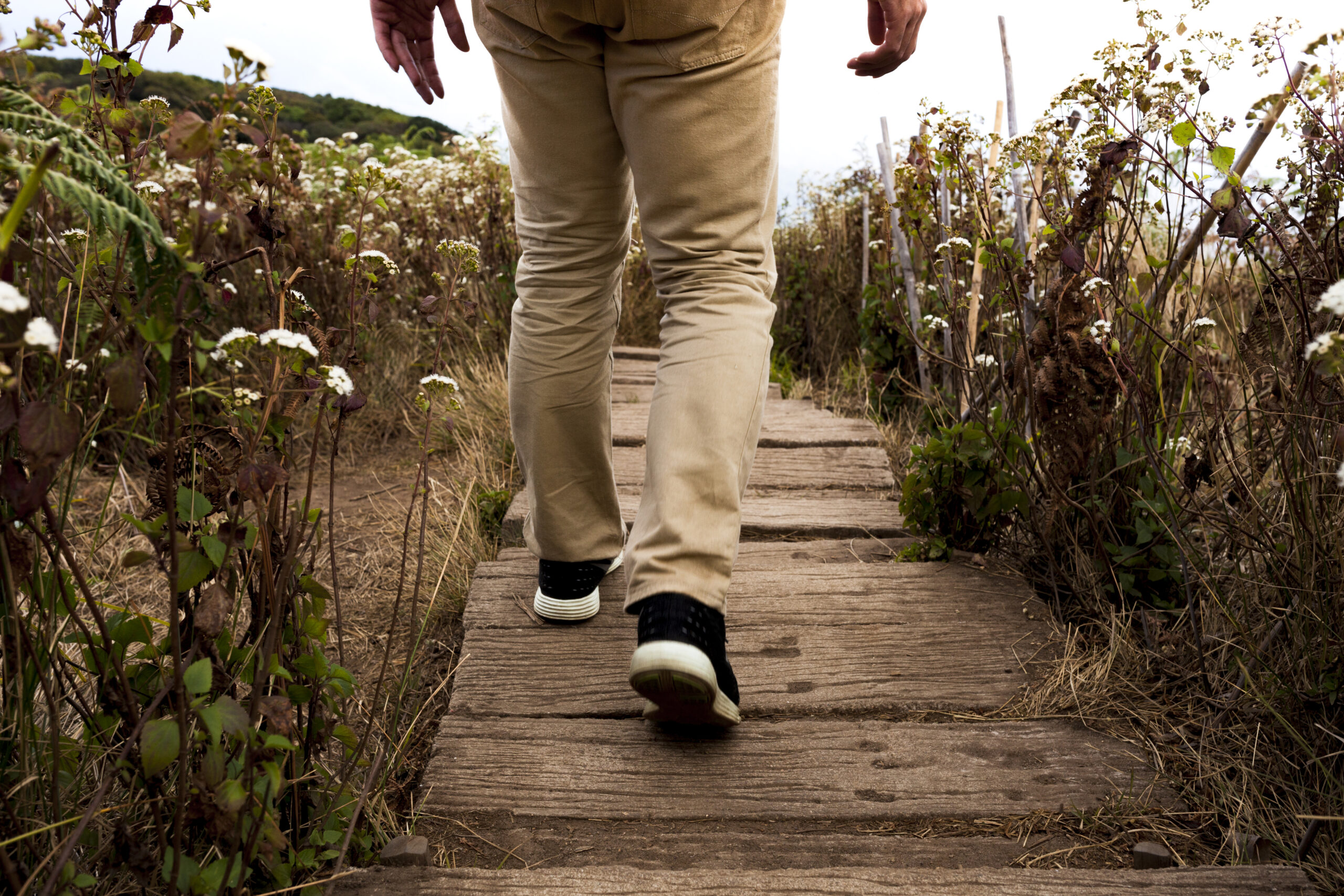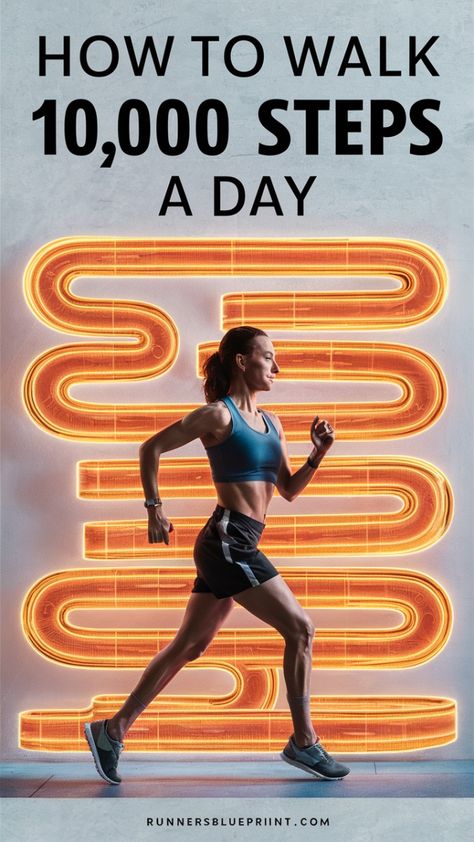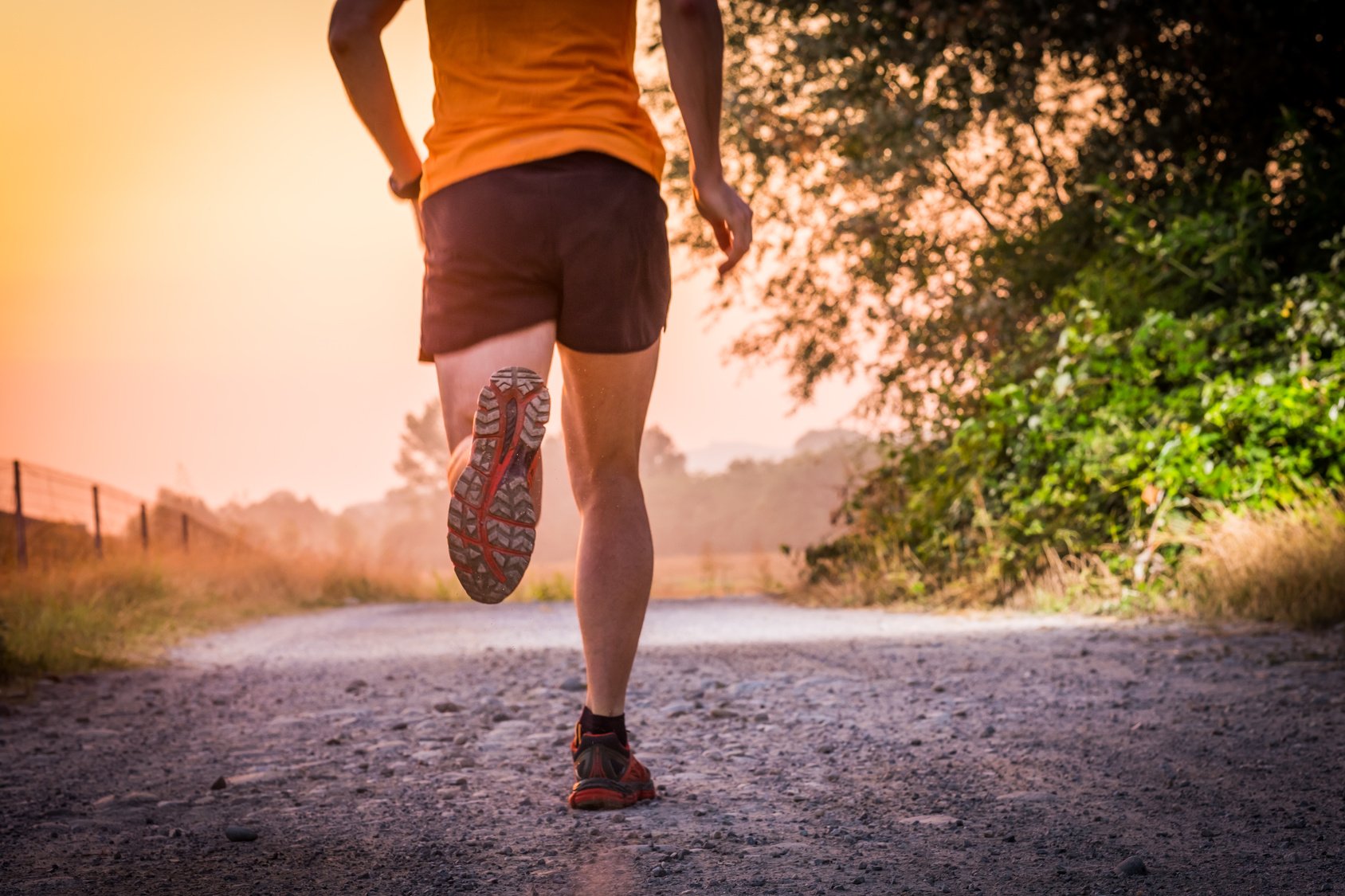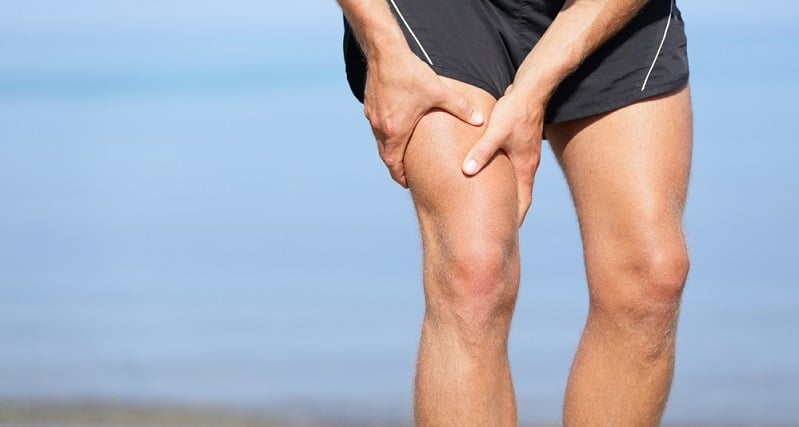Runners diarrhea.
Nature’s gift you didn’t ask for.
Few things can ruin a good run, like the fear of pooping your pants during a run.
To shed some light on this crappy situation (pun intended), I will share the full guide on runners’ diarrhea in today’s post.
By the end, you’ll learn more about:
- What is Runner’s Diarrhea
- The process behind Runner’s Diarrhea
- The causes of Runners Diarrhea
- Foods to avoid when you have runners trots
- Is your clothing makes you want to poop your pants?
- What kind of medication works for the runner’s diarrhea?
- Imodium for runners’ diarrhea? Does it work?
- And so much more.
Feel excited?
Let’s get started.
Runners’ Diarrhea Explained
Also known as runners colitis or runners trots, runners’ diarrhea refers to gastrointestinal issues during or following a run. The condition includes a wide range of symptoms: from bloating and nausea to painful cramping, flatulence, and actual loose stools.
For some runners, the urge to defecate might come about mid-run, and for others, it could happen immediately after running as the body is still experiencing the effects of the workout.
Surveys show that over a third of runners experience this.
This condition is also more common among endurance runners and tends to strike women more than men. If you run long distances, you can experience many symptoms during training. Unfortunately, the more miles you log in, the worse these symptoms could become.
Older runners are less likely to get than younger ones.
Some of the warning signs include:
- Belly cramps
- Heartburn
- Bloating
- Diarrhea
- Urge to poop
- Chest pain
- Vomiting
- Nausea
- Bloody stool
- Not being able to control bowel movements—or fecal incontinence
How Long Do Runners Trots Last?
Typical symptoms of runners’ diarrhea often kick off during your run and may persist in the hours post-run.
As a rule, the bout of diarrhea shouldn’t linger for more than 24 hours.
If you have diarrhea in the middle or cannot control your bowel movements, it might indicate another medical condition (more on later).
You’re Not Alone
Research reports that about y 60 percent of long-distance runners (those who log in 5 miles or more at a given time) had to take a break during a run for a bowel movement.
Another study published in the British Journal of Sports Medicine claimed that about 30 percent of marathon runners suffer stomach issues during or after a race.
Infamous Incidents
If you’ve ever had to stop mid-run to answer nature’s call, know you’re not alone. Even world-class runners go through it. No one is immune.
Here’re a few infamous examples:
- During the 2008 Göteborgsvarvethalf marathon, elite runner Mikael McKernan crossed the finish line in 21st place even though his lower body was covered with last night’s dinner.
- Winner of the 1998 London Marathon, Catherina McKiernan, experienced chronic diarrhea during the race.
- During the 2016 Summer Olympics, Yohann Diniz led the Men’s 50K walk race, but he fainted a few times due to stomach issues. But he kept going and finished in 8th place, only six minutes behind the winner, Matej Tóth.
- The 2019 Perm internal Marathon winner, Alexander Novikov, completed the whole race suffering from a bad episode of diarrhea, which stained him with his own excrement.
Symptoms of Runners Diarrhea
Here are the telling signs of runners’ trots.
These can be experienced during or immediately after a run.
- Nausea
- Acid reflux
- Flatulence
- Cramping
- Gas
- Sudden urge to poop
The Causes of Running-Induced Diarrhea
So what’s causing you to poop during a run?
The answer remains unclear as it’s likely multi-factorial.
However, there are several theories about what triggers the runner’s diarrhea.
Let’s explain a few.
The Up & Down Motion
Running’s impact stirs the bowels and jostles the intestines.
This speeds up the flow of food, gas, and stool along the digestive tract, causing a sudden need for a bowel movement.
By the way, this is one of the reasons many doctors recommend regular exercise, especially the one focusing on abdominal work, to chronically constipated patients.
Limited Blood Flow
Often, running-induced diarrhea is caused by limited intestinal blood flow.
This blood gets diverted from the intestines and focuses on the legs and other body parts.
Our GI tract is sensitive. Once the blood flow is limited, the intestinal absorption of nutrients and water reabsorption in the colon will turn bad, causing loose stools.
Of course, don’t take my word for it.
Research reports that intense exercise may limit blood circulation to the colon and small bowels by as much as 80 percent.
Bad Food Choices Pre-Run
Diet is often cited as a leading trigger of runners’ diarrhea, especially when consuming high-fat or high-protein meals before a run.
Dehydration
Dehydration impacts not only your performance but your digestive function too.
Most people assume drinking too much water could contribute to diarrhea, but it’s not the case. Dehydration is a common cause of loose stools because lower blood volume can limit blood flow to the intestine. This, in turn, triggers a diarrhea episode.
In other words, when dehydrated, your intestine’s ability to absorb content dwindles. So they’re left with the only option: flush out the stomach content.
Other Causes
Many factors may contribute to the onset of diarrhea during or after a workout that could be unrelated to running.
These include:
- Performance-enhancing drugs,
- Some prescription medications,
- Anxiety and stress.
- Bowel issues like irritable bowel syndrome (IBS),
- Hormonal changes,
What Should I do When I get runner’s Diarrhea?
When you start suffering from runner trots symptoms, your next step should be to locate the nearest restroom and head there as fast as possible. Slowing down may help you manage the urge sensation.
How To Prevent Runner’s Trots
Now that you understand runners’ diarrhea, here are some tips for keeping running-induced diarrhea at bay.
You might not like it, but running-induced diarrhea is normal and often not a cause for concern.
Here’s more good news.
You can do many things right now to manage your symptoms and prevent runners’ trots in the future.
Eat The Right Things
The easiest way to manage runners’ trots is to consider your pre-run eating choice. I hate to state the obvious, but some food may trigger gas, nausea, and diarrhea during a run.
Analyze what you mostly eat before heading out, and always steer clear of trigger foods. As a rule, try to avoid anything that could upset your stomach in the hours before a run.
You may be left with nothing but a banana or a whole-wheat toast, but remember that you’re eating for performance, not pleasure. So have your meal once you’re done running.
Caffeine may work as a diuretic for some people, so test it out and see if it’s worth keeping. You should also cut on alcohol, artificial sweeteners, and sugars in the evening before a long morning run.
Be careful with energy gels and supplements that are “designed”’ to provide fast and portable fuel during training.
Unfortunately, most of these are loaded with artificial sweeteners and preservatives that could worsen your symptoms. And you don’t want that.
And most importantly, drink your water. It’s good for you.
So what should you eat?
Food that gets digested fast and doesn’t stress the GI track are ideal choices for what to eat before running. As long as you keep them simple—which means less waste is left over during digestion—the better off you’ll be.
Don’t Eat and Run
Timing is also important, though there’s no one-size-fits-all rule for it.
Generally, avoid eating an hour or two before a run. Space out your runs and meals longer if you’re prone to runners’ trots.
Having a meal two to three hours before a run?
Choose simple carbs and check back the list above.
Stay Well Hydrated
As I explained earlier, dehydration can contribute to loose stools while running.
As a general guideline, Stay well hydrated by drinking enough water. Shoot for at least 16 ounces of liquid roughly 60 to 90 minutes before you run and around 8 ounces of water every 20 to 30 minutes during your run.
During long runs, drink eight ounces of water every 15 to 20 minutes.
Just make sure to avoid warm liquids, as these may speed up the flow of food through the digestive tract.
What’s more?
Remember to keep track of your hydration levels.
Your pee should be a very light yellow.
If It’s dark, drink up.
Poop Before You Run
In an ideal world, you’d want to run just after caring for the nature business.
That way, you’ll ensure you’re running with an empty GI tract.
If you’re running first thing in the morning, give yourself at least 30 minutes to “clear the pipes” before heading out.
Or simply plan your route the night before.
Use online maps or an app and choose the route with plenty of rest areas or public toilets.
For most runners, that’s 10 to 15 minutes into a run or about a mile.
You should also be prepared for emergencies.
Carry some spare toilet paper or wet wipes in a Ziplock baggie or your pocket, just in case.
Keep Track
Use a diet journal.
Inside it, keep tabs on everything you eat or drink and when it is ingested.
Then look for patterns that may contribute to the onset of the diarrhea episode mid-run, and assess what you did on the day your stomach misbehaved.
This will help you learn more about your unique food sensitivities and also help you find the most efficient ways of fueling your body.
You should also keep track of your bowel movements to schedule your runs immediately after your bowel movements.
Visit The Bathroom
If possible, empty your bowels immediately before a run or race. Consider taking a mild laxative a few hours before if you can.
Planning to race? Then at the very least, make it to the race venue early, so you don’t get stuck behind long lines.
Don’t worry. I’ve written a guide on making yourself poop before a run.
Wait on The Drugs
Avoid taking over-the-counter non-steroidal anti-inflammatory drugs like Aleve, Motrin, and Advice in the 24 hours before a run.
The International Journal of Pharmaceutical Sciences and Research reported that these drugs might cause side effects such as bloating, upset stomach, constipation, gas, and diarrhea.
In other words, if you’re already prone to runners trots, OTC drugs can only make your symptoms worse.
Wear Loose Clothing
Excessively tight clothing around the waist can constrict blood flow to the intestines, worsening diarrhea.
Everything from tight running shorts, compression garments, and running belts can be problematic, especially if you got a lot of content sloshing around your stomach.
This can make you feel you need a bowel movement or even cause diarrhea (and other stomach issues such as heartburn).
See a Doctor
It’s often the case that runners’ trots are a temporary annoyance that fades in a few days. But if you’re prone to it, you’ll want to consult your doctor to determine the cause, especially if you experience any of the following:
- Suffering from diarrhea even when not running
- Bloody stools
- Sudden diarrhea onset
- Fever
- severe heart palpitations
- Abdominal pain
- acute headache that comes on suddenly
- persistent diarrhea even after the exercise is over
- Chronic nausea and ongoing abdominal pain.
- Appetite change
- diarrhea that lasts for 24 hours or more
- fainting or loss of consciousness
If you experience a few of these symptoms, you could be dealing with a serious underlying condition that requires medical attention. Consulting with your doctor can help you better understand your unique situation. Sometimes, you may need medical help flushing out parasites or bacteria from your body.
They might recommend taking diarrhea pills or even undergoing a special examination on you, such endoscopy if the case seems worst. GI problems can recover well with early treatment.
You can also suffer from an underlying medical condition causing your workout trots. These include:
- Ulcerative colitis
- Crohn’s disease
- Microscopic colitis
- Celiac disease
- Irritable bowel syndrome
- Proctitis
Runners Diarrhea – The Conclusion
Runner’s diarrhea is not a welcome guest, whether before, after, or, worst of all, during a run.
Hopefully, with a little experimentation and a lot of paying attention to your body, you can manage your runner’s diarrhea on your own.


